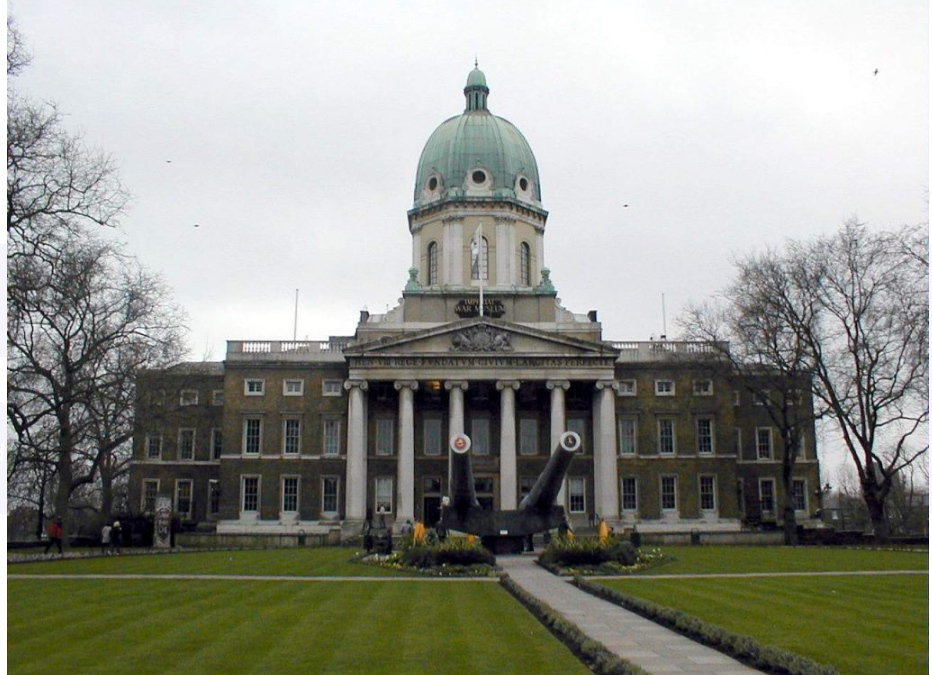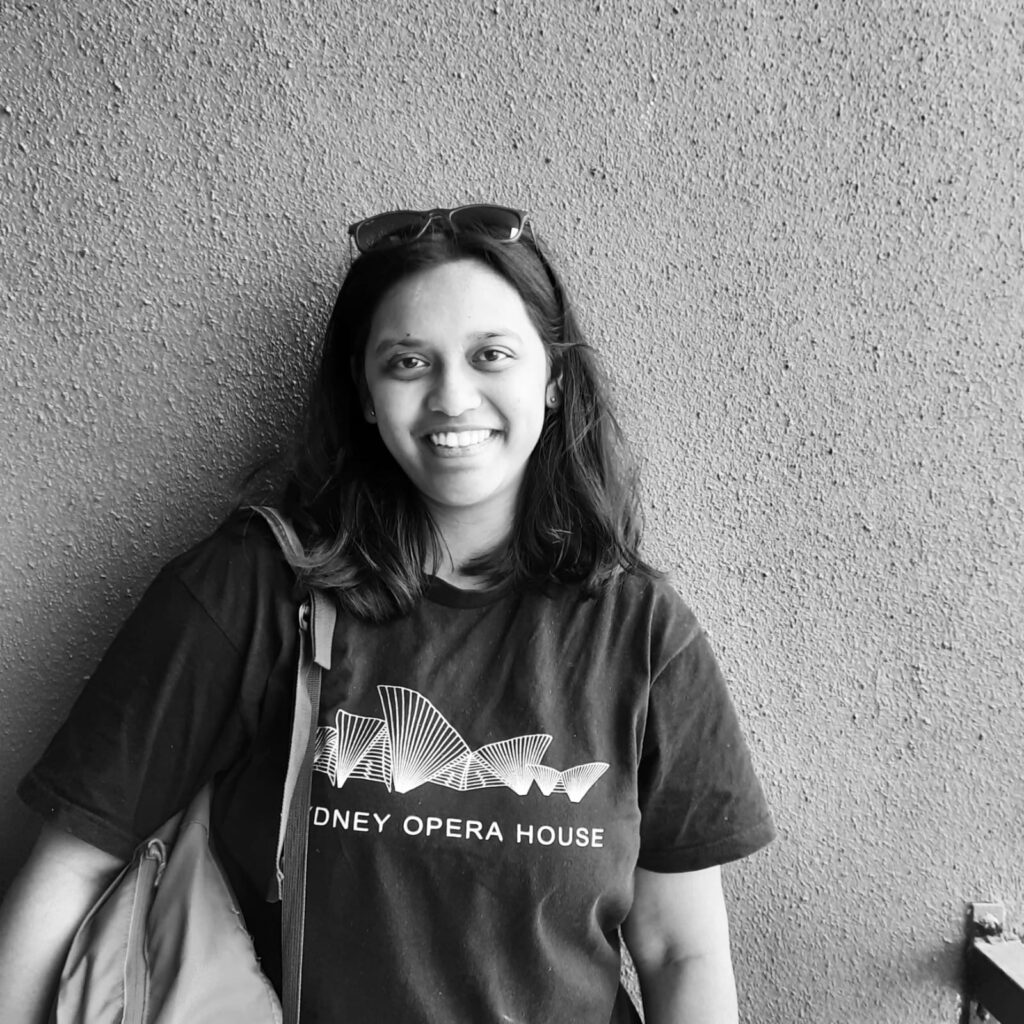Mediums of understanding are at the core of building perspectives and enabling change. For the longest time, museums have been one of the most vital mediums of understanding the past. Regardless of time, geographical location and cultural background, museums present narratives that represent historical events, people and material things. Broadly, they are the stories that define our past and help shape our identity. This makes them significant for future generations who inherit that heritage. According to UNESCO, museums are amongst the most important cultural resources that allow an interdisciplinary approach to learning. They are the ‘laboratories in which teachers and museum personnel can help young people relive vital experiences’.
History is closely linked with memory. As professor Aleida Assmann states, “Memory complements history, history corrects memory”. Simply put, changing the way we understand historical events can have an effect on our memories.
I particularly remember my second visit to London’s Imperial War Museum, in December 2019, a week before Christmas. A special exhibition was hosted for children, called Christmas in Wartime. Through different stalls like ‘Christmas Food During War’, ration systems, and listening to the radio, the museum volunteers and staff showcased the bygone period of war. Parents and grandparents encouraged their children to be part of it. The gift shop had a special counter dedicated to ‘Christmas During War’. The horrific realities of WW2 were mellowed down to interest the next generation, to know what the war was like on the home front. The atmosphere was joyous, contrary to the emotional associations with the term ‘war’. Children gathered around different stalls surrounded by aircrafts like the Supermarine Spitfire (British fighter aircraft during World War II), V1 Flying bomb and V2 rocket (German long-range weapons), Nery Gun (British 13-pounder gun and limber), T-34 Tank (Soviet tank design, built in 1954) among others. This experience made me reflect on the ways in which future generations are going to understand history.

Today, museums are not only places of preserving history and art but are increasingly becoming international tourist attractions, part of culture and heritage tourism. While it is important to know one’s history, including war, the medium of understanding can ensure that it is not repeated. Today, war museums glorify the wars that were won, and often emphasise a sanitised perspective. Shifting the focus from war museums to peace museums through a bottom-up approach could change these narratives. Such narrative changes at the local level that re-introduce the concept of war through the lens of a peace museum can become a global phenomenon – and a new way of understanding war history.
As an Indian, I am aware of the differences in approach to conflict and war between Asia and Europe – differences that extend to museum representations. Asia, due to wider philosophy and community culture has historically emphasised conflict avoidance rather than conflict resolution, which is a more Western concept. Applying the same rationale to the Imperial War Museum as to a museum in India will therefore not work. However, bringing in different cultural and geographical narratives about peace in museums would mean the audience understands the different meanings that peace can have for the other, helping to avoid future conflicts.
Narratives are powerful, they are the way we as humans make sense of our overwhelming world. Museums, which are a non-profit, permanent organisation in the service of the society and its development, open to public, which acquires, conserves, research, communicates and exhibits the tangible and intangible heritage of humanity and its environment for the purpose of education, study and enjoyment, are today in the centre stage of this ‘narrative setting’. If museums shift their focus from war to peace, that will encourage audiences across the world to do the same. And perhaps be a catalyst for a more peaceful world for everyone.
About the Author









Recent Comments